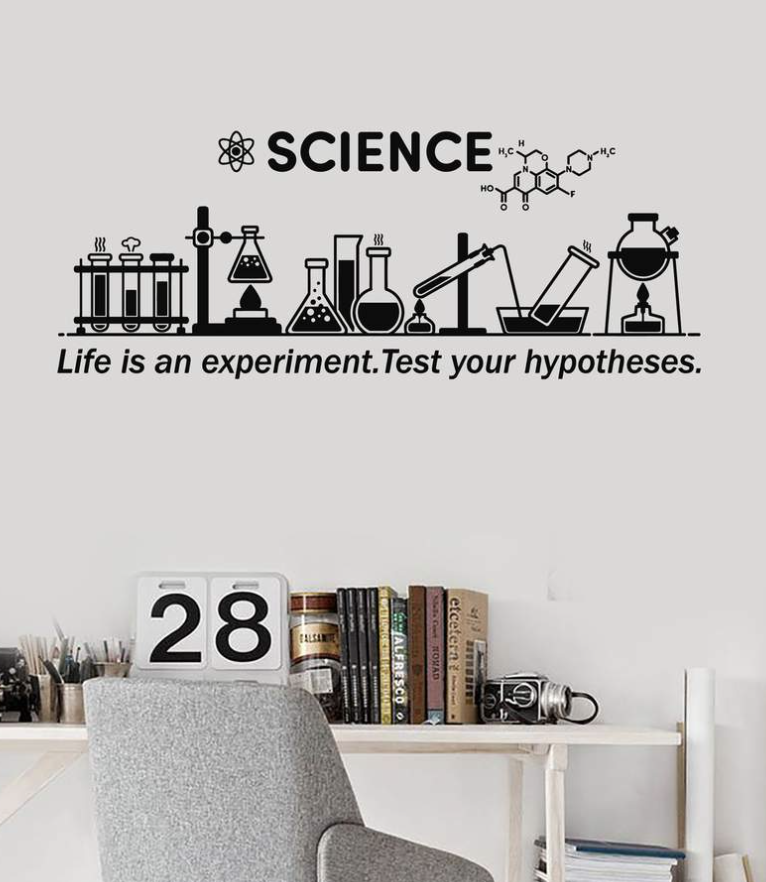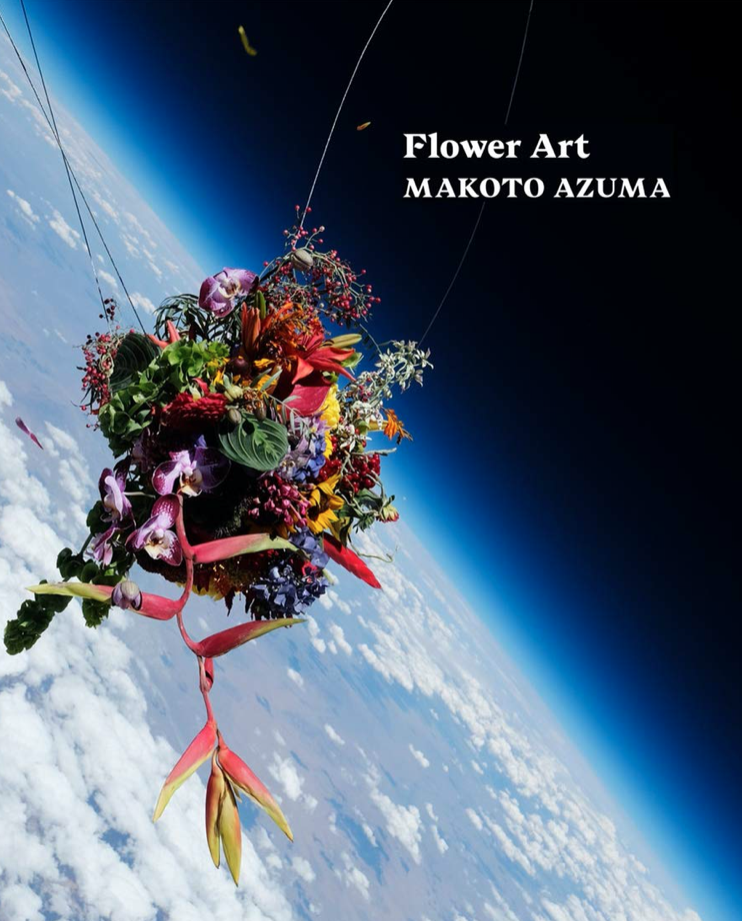
What is STEAM?
Finding the Art in STEAM Education
STEAM education makes its focus the application of science, technology, engineering and math through art and design. Another way of looking at this is that STEAM educators can help students connect what they learn in these critical areas (STEM) with art practices and design elements. Ultimately, students should feel like they can wonder, critique, inquire and innovate.
Where did it come from?
In the early 1990's, an initiative to provide students with more opportunities in science, technology, engineers and math to keep up to the market demand. The goal of STEM was to better prepare students for the modern workplace.
A Brief History: STEM to STEAM
The term STEAM was coined by the Rhode Island School of Design and is now used in a wide variety of settings. The article “STEM to STEAM: Integrating the Arts into Education” goes on to explain how the goal of STEAM is to integrate the arts with the other disciplines. The hope is that employers will see how artists and designers can become innovative players in our global economy.In “STEM vs. STEAM: Do the Arts Belong?” Anne Jolly shares some additional thoughts from an educator named Ruth Catchen, “According to Ruth, the arts are a great learning tool and can serve as an on-ramp to STEM for underrepresented students. Engaging students’ strengths using art activities increases motivation and the probability of STEM success.” (Source: The Art of Education University) .

21st CENTURY SKILLS
The 4Cs of 21st-century skills – Collaboration, Creativity, Critical Thinking and Communication – aren’t going anywhere. They are a critical component to student success in a rapidly changing workforce and society. Luckily, these are easily woven into any quality STEAM lesson. This is where the active engagement really starts to shine with student groups, creating original solutions and compositions and exploring questions from multiple perspectives.
How to Use STEAM: Process and Product
There are actually 6 steps to creating a STEAM-Centered classroom, no matter what area you teach. In each step, you’re working through both the content and the arts standards to address a central problem or essential question.
What’s great about this process is that you can as easily use it to help plan for a lesson as you can to facilitate the actual learning process in your STEAM classroom. Let’s take a look at each step.
1. Focus
In this step, we’re selecting an essential question to answer or problem to solve. It’s important to have a clear focus on both how this question or problem relates to the STEM and the Arts content areas you’ve chosen.
2. Detail
During the detail phase, you’re looking for the elements that are contributing to the problem or question. When you’re observing the correlations to other areas or why the problem exists, you begin to unearth a lot of key background information, skills or processes that students already have to address the question.
3. Discovery
Discovery is all about active research and intentional teaching. In this step, students are researching current solutions, as well as what ISN’T working based on the solutions that already exist. As a teacher, you can use this stage to both analyze the gaps your students may have in a skill or process and to teach those skills or processes explicitly.
4. Application
This is where the fun happens! After students have dived deep into a problem or question and have analyzed current solutions as well as what still needs to be addressed, they can begin to create their own solution or composition to the problem. This is where they use the skills, processes and knowledge that were taught in the discovery stage and put them to work.
5. Presentation
Once students have created their solution or composition, it’s time to share it. It’s important that the work is presented for feedback and as a way for expression based on a student’s own perspective surrounding the question or problem at hand. This is also an important opportunity to facilitate feedback and help students learn how to give and receive input.
6. Link
This step is what closes the loop. Students have a chance to reflect on the feedback that was shared and on their own process and skills. Based on that reflection, students are able to revise their work as needed and to produce an even better solution.
(Above information found at : Institute for Arts Integration and STEAM)
What are the benefits?
- It Encourages Independent Thinking
- It Offers an Interdisciplinary Approach
- It Utilizes Goal-Oriented Learning
- It Develops Problem-Solving Skills
- It Engages Real-World Applications
- It Promotes Meaningful Collaboration
- It exposes students to the creative process
- It increases critical thinking
- It gives all students hands-on leaning experiences
- Shows students a different way to value the arts.
How?
Follow this link to see more - Resources for STEAM
